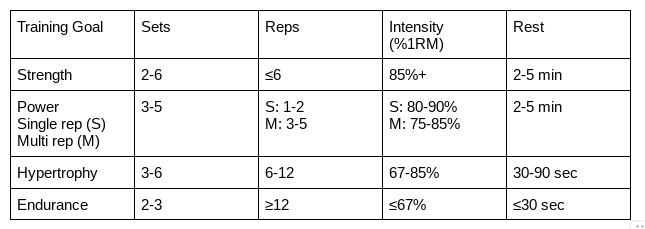5 Things I’m Not Doing at the Gym

Everyone has their own non-negotiables when it comes to health and fitness. Here are five of mine.
Skipping a warm up
Whether I’m running for ten minutes or cycling for 90, gone are the days of jumping straight into exercise. My warm up consists of a cardio component lasting 10-15 minutes to warm the body. That’s followed by two to three dynamic movements.
If I’m lifting, those movements are going to support what I’m going to be lifting that day. If I’m running, I’ll typically walk, immediately followed by some bodyweight squats, some leg swings in the frontal (side to side) and sagittal plane (front to back), and a set of bodyweight lunges on each leg.
The bottom line is that I’m always gradually increasing the intensity of the movement and supporting the work that I’m doing with adequate preparation.
Spending more than 30 minutes on a strength training session
Can we start with a moment of silence for all time wasted by the lifters who are glued to their phones during a lifting session? The other day I waited on a machine for five minutes before giving up and just choosing an adjacent exercise.
Unless someone is lifting at near maximal intensity - 85%+ of their 1 rep max, then rest periods between sets are at max 90 seconds. Exercisers are missing out on the benefits of properly fatigued muscles because they’re spending too much time resting in the gym.
While I’m on my high horse, another common mistake I see in the gym is inappropriate volume in programming. Lifters feel like they need to lift heavy every session, complete every single exercise for the muscle group they’re intending to work, or do entirely too many sets and reps for their chosen lifts.
Below are the National Strength and Conditioning Association’s guidelines for volume, intensity, and rest depending on your training goal.
How does your programming measure up?
Missing out on connection
I complete my personal workouts at the gym where I also teach group fitness classes. I’ve been a part of the same gym since 2008, which is why I’ll never miss an opportunity to talk to a gym friend / class participant while I’m there.
While I understand the need for some to maximize every bit of their gym time due to other commitments they have throughout the day, I refuse to miss out on a conversation, a smile, a high five, or a wave any time I’m at the gym.
These people have consistently supported me, shared in my family’s joys and hardships - as I have theirs - and shown up for classes even when they didn’t feel like it. If you don’t have gym friends, try a training session or two without your headphones in and see what happens. You just might find your people.
Doing an exercise because it looks cool / hard / unique / ________ (insert adjective of choice here)
Please stop doing exercises just because you saw someone recommending it on social media. There’s a reason why squats, deadlifts, bench press, and other basics are still around. They work. They’re safe, when performed with proper technique.
If you drill down correct form, and utilize progressive overload in these movements, you will become stronger.
The end.
Weighing myself
I understand that for some, weight loss is an important and necessary goal. For others, achieving an ideal weight isn’t clinically necessary, but rather, a personal goal. There’s nothing wrong with either one.
However, when we shift our view of exercise from: an opportunity for movement, a chance for connection (within ourselves and with others), a way to train our nervous system, etc. and see exercise solely as a means to weight reduction, I believe we’re missing the mark.
Hard work is important, but it’s important for reasons far beyond achieving an ideal body composition. Dr. Kelly Starrett always talks about the gym being a lab, and it’s so true. It’s a space for learning, growth, achievement, and joy. The accomplishments that can be earned within the four walls of a gym are more important than the number on a scale.
Intrinsic motivation is a vital component of exercise adherence. Our beliefs about exercise, the way we view exercise, and our self-efficacy are all deeply important factors that dictate whether or not we’re going to stick with it.
And there’s no scale that’s going to tell you that.
Simply Fit is a free, weekly newsletter written by me, Dr. Amanda Durall. I’m a Kinesiology professor and ACSM certified fitness professional with over a decade of experience teaching and training others. My aim is to simplify exercise science and deliver practical recommendations to help you achieve your fitness goals. To support my work and help increase its visibility, consider subscribing and sharing with someone you know.



